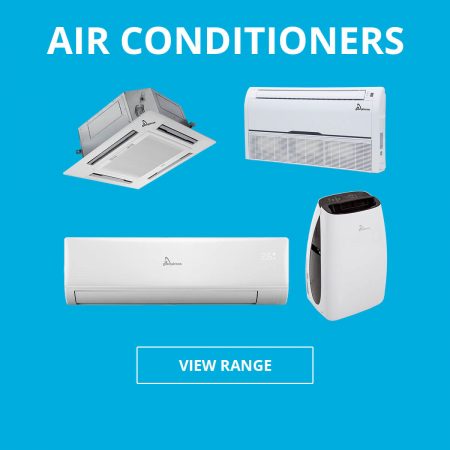When buying a portable AC unit, among the first things you need to know beforehand is how many watts will be just right for you to cool a room efficiently. To be able to determine how many watts for portable air conditioner, it’s essential that you know some key basics such as the unit’s BTU, EER rating, and Energy Star rating (whichever is applicable).
Why do BTUs matter?
First of all, a BTU (British Thermal Unit) is the energy unit that describes the power of the cooling (and heating) systems. Knowing a portable air conditioner’s BTU will help you compare the power of different (with similar specs) appliances.
Let us note that at this point you cannot compare the BTUs of portable air conditioners exactly to those of window units. Given that the first are less efficient than the latter, you need approximately 20% more BTUs to cool a room with a portable air conditioner than with a window unit. This means that if you want to get the cooling power generated by a 10,000 BTU window unit, you will need to use a 12,000 BTU portable AC model.
In general, portable air conditioners have cooling capacities that can start from as low as 5,500 BTUs and climb to 16,000 BTUs.
How many BTUs for your Square Footage?
Below is a chart to help you match your room size to a portable AC unit’s BTU.
| BTUs | Supported Max Room Size in Square Feet
(Manufacturer’s ratings) |
| 5,000 | 150-175 |
| 6,500 | 200-225 |
| 7,000 | 200-300 |
| 8,000 | 300-350 |
| 8,500 | 300-375 |
| 9,000 | 300-425 |
| 10,000 | 300-450 |
| 12,000 | 350-500 |
| 13,000 | 400-500 |
| 14,000 | 400-500 |
| 16,000 | 450-550 |
Note that if you have additional heating factors such as an excess number of windows, a skylight, a ceiling fan higher than 8ft, computers, a major appliance, poor insulation, or direct sunlight, increase the required BUTs by 2,000-4,000.
Why does the EER rating matter?
EER (Energy Efficiency Ratio) is the rating that will tell you how energy-saving your portable AC unit is. In other words, it rates a unit’s cooling capacity and refers to the ratio of the produced BTUs to the input power in Watts. The higher the EER rating, the more energy-efficient the model (according to the national appliance standards, the minimum EER is 8.0, so anything above 8.0 is great).
The EER is a crucial rating to know as it can help you calculate just how many watts a portable AC unit uses. Simply flip the formula mentioned above (it should go like this: BTUs/EER=Watts). For instance, a portable air conditioner that produces 12,000 BTUs and comes with a 12.9 EER rating uses 953 watts.
Why is the Energy Star rating important?
Air conditioners that use at least 10% less energy than the units that have been rated at 8.0 are labeled with an Energy Star. This means that they are even more energy-saving than the models with an EER of 8.0. It’s highly recommended to consider portable AC units with an EER of at least 10.
Now when it comes to the average power consumption of portable air conditioners, this is around 1,000-1,100 watts. However, this varies per model. For instance, you may find 8,000 BTU portable AC units with a rated input of 850 watts while others with the same specs featuring a rated input of 900 watts or higher. So always make sure to check the manufacturer’s specifications or use the tips mentioned above (EER rating) in order to calculate the overall wattage requirements of the portable air conditioner you wish to purchase.
